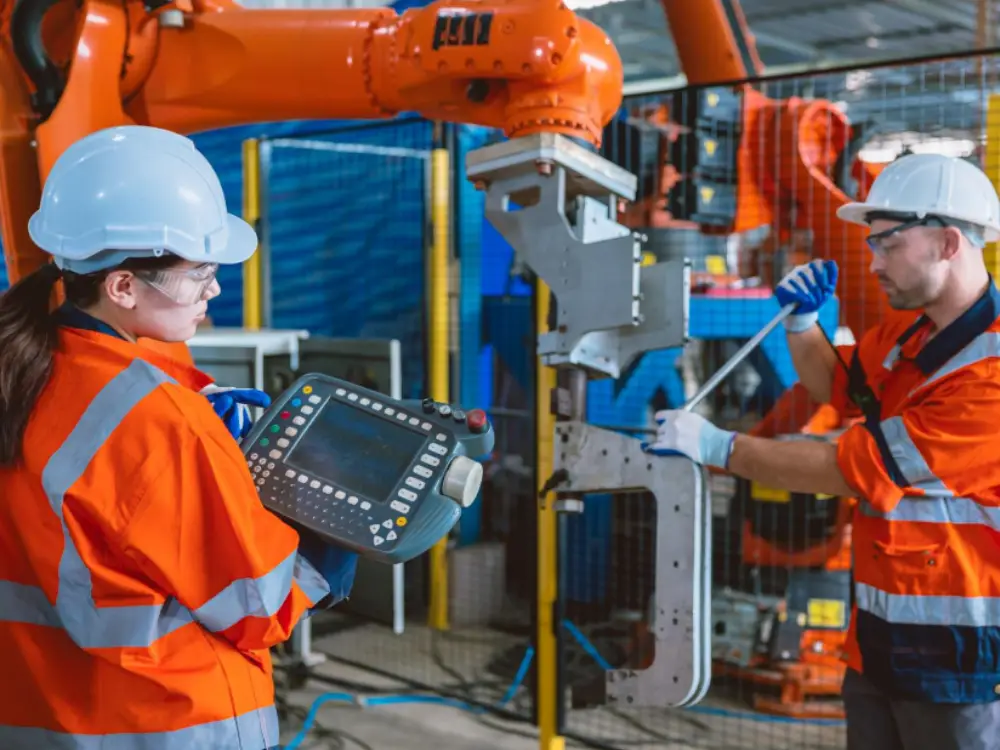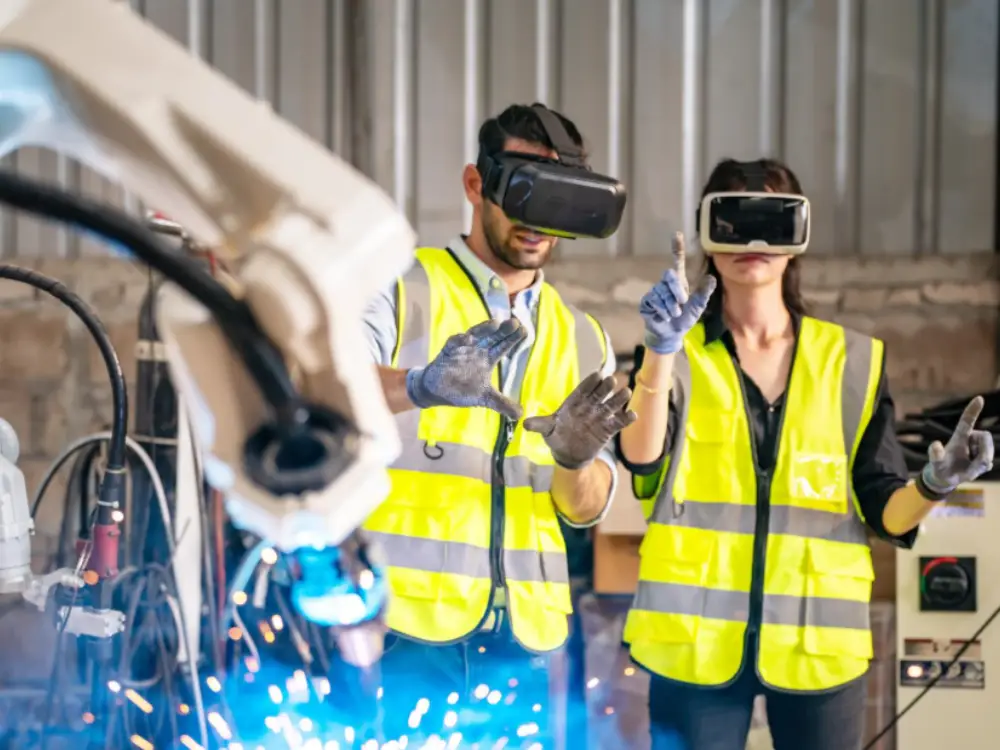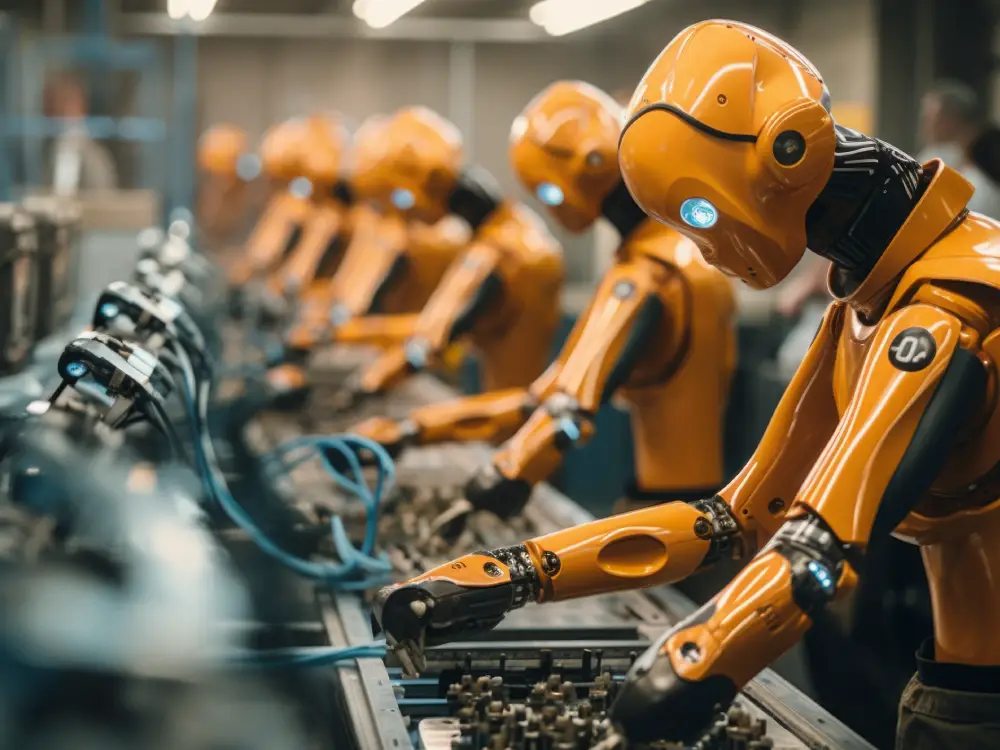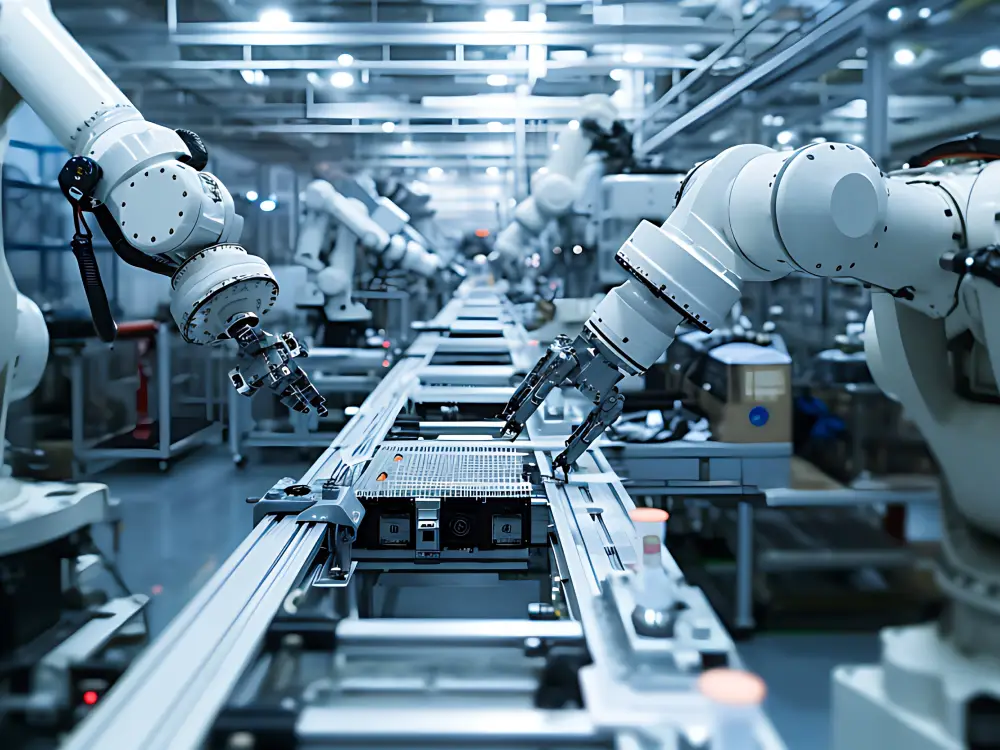In the contemporary, rapid industrial environment, implementing modifications immediately on an active production line is both expensive and hazardous. Plant Simulation is relevant in this context. It resembles possessing a digital replica of your factory, enabling the evaluation of concepts, optimization of procedures, and enhancement of production prior to committing time and resources to tangible alterations.
Plant simulation integrates engineering expertise, data analysis, and digital modeling to produce a virtual depiction of production systems. It assists engineers in visualizing processes, pinpointing bottlenecks, and making informed decisions that improve overall performance.
What Constitutes Plant Simulation?
Plant Simulation is a computer-based modeling technique that enables engineers to simulate, analyze, and optimize industrial processes. It facilitates the creation of a comprehensive digital model of a full plant, encompassing machinery, personnel, materials, conveyors, and logistical systems.
Through simulations, engineers can analyze the impact of various factors, such as machine downtime, workforce shifts, or layout modifications, on productivity. This enables the prediction of outcomes, reduction of hazards, and enhancement of efficiency without disrupting ongoing activities.
For instance, if a corporation intends to augment production, it can digitally simulate the new configuration to assess material flow, spatial utilization, and equipment load prior to implementing real alterations.
Fundamental Principles of Plant Simulation
Plant Simulation is founded on several fundamental ideas that direct its use in industrial engineering:
- System Modeling — Depicting physical processes inside a computer framework.
- Optimization — Identifying the most effective amalgamation of resources, configurations, and timelines.
- Bottleneck Analysis — Identifying and eliminating process bottlenecks.
- Scenario Testing — Assessing several hypothetical situations prior to deployment.
- Ongoing Enhancement — Leveraging lessons from simulation to optimize systems progressively.
What Functions Does Plant Simulation Facilitate?
Plant Simulation functions as a multifaceted instrument in design, planning, and decision-making. Principal applications encompass:
- Layout Design and Validation: Evaluate various plant configurations to guarantee efficient material flow and reduced congestion.
- Production Planning: Model daily, weekly, or monthly schedules to achieve production objectives.
- Resource Optimization: Evaluate personnel, equipment, and logistics to ensure equitable workloads.
- Process Enhancement: Identify idle periods, delays, or inefficiencies and execute remedial actions.
- Inventory Management: Optimize stock levels, supply schedules, and warehouse operations for efficient performance.
- Energy and Sustainability Assessment: Analyze energy usage and determine methods to mitigate environmental impact.
Tools and Methods Used in Plant Simulation
In Plant Simulation, engineers use a range of software and methods to create accurate digital models and analyze outcomes. Some of the most widely used tools include:
- Siemens Tecnomatix Plant Simulation: One of the most advanced platforms for 3D modeling, visualization, and optimization.
- FlexSim, AnyLogic, and Arena: Popular simulation software across various industries for process analysis and planning.
- Digital Twin Technology: Builds a real-time, data-connected virtual copy of a physical system, enabling continuous monitoring and optimization.
- Discrete Event Simulation (DES): Models systems in which events occur at specific intervals, allowing precise performance tracking.
- Data Integration: Links simulation models to ERP, MES, or IoT systems for live data visualization and decision-making.
Applications Across Industries
Plant Simulation has become a key enabler of efficiency, safety, and innovation across sectors:
- Automotive: Synchronizing robots, assembly lines, and logistics systems.
- Pharmaceuticals: Simulating cleanroom operations, batch processes, and material movement.
- Chemical Industry: Optimizing plant layouts, pipelines, and production sequencing.
- Food and Beverage: Ensuring hygienic design, reducing waste, and maintaining production consistency.
- Oil and Gas: Planning maintenance shutdowns, sequencing processes, and improving energy efficiency.
- Logistics and Warehousing: Designing systems that enhance material flow and reduce delays.
Why Plant Simulation Matters
In the age of Industry 4.0 and 5.0, data-driven decision-making defines industrial success. Plant Simulation enables businesses to design smarter, safer, and more sustainable operations.
Its importance can be summarized in five key areas:
- Cost Reduction: Identify inefficiencies before making physical changes.
- Risk-Free Testing: Experiment with multiple ideas without halting production.
- Higher Productivity: Optimize cycle times, layouts, and resource use.
- Sustainability: Reduce energy consumption, waste, and land usage.
- Better Decision-Making: Move from assumptions to insights backed by data and predictive analytics.
Skills Every Plant Simulation Professional Needs
To perform effective simulations, engineers need a mix of technical, analytical, and communication skills:
- Process Understanding: Deep knowledge of manufacturing or operational workflows.
- Software Proficiency: Hands-on experience with Siemens Tecnomatix, FlexSim, or Arena.
- Data Analytics: Ability to interpret data and turn insights into improvements.
- Problem Solving: Logical thinking and system performance analysis.
- Communication: Presenting findings clearly to management and stakeholders.
The Future of Plant Simulation
Digital transformation is reshaping what simulation can do. With the growing adoption of IoT, AI, and digital twin technologies, virtual models are becoming increasingly intelligent and connected to real-time plant data.
In the coming years, factories will maintain constant synchronization between their physical operations and digital twins, enabling predictive maintenance, energy optimization, and faster response to disruptions.
Plant Simulation will also play a major role in helping industries meet sustainability goals—reducing waste, emissions, and resource use while maintaining productivity.
Conclusion
Plant Simulation is more than a digital modeling tool—it’s a strategic enabler of innovation and efficiency. By simulating processes before real-world implementation, businesses can foresee challenges, test alternatives, and make data-driven improvements.
It allows engineers to build in the virtual world before building in the physical one, saving time, money, and effort.
As industries move toward smarter and greener operations, Plant Simulation stands as a crucial bridge between concept and execution, helping build the factories of the future today.








